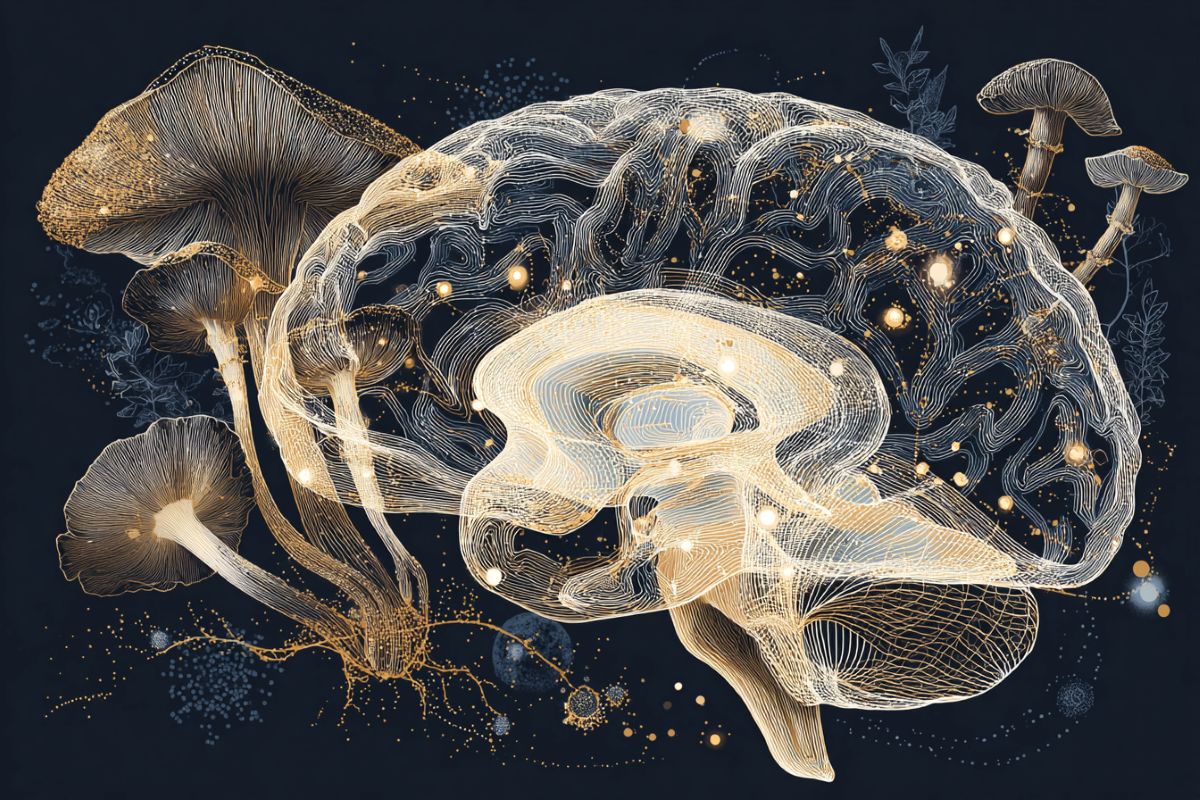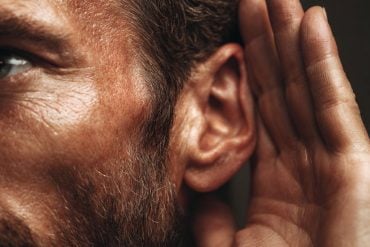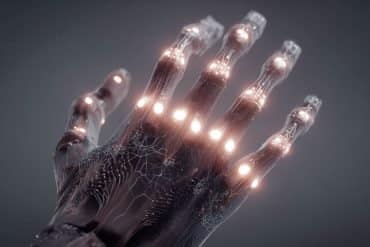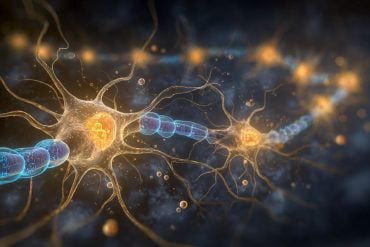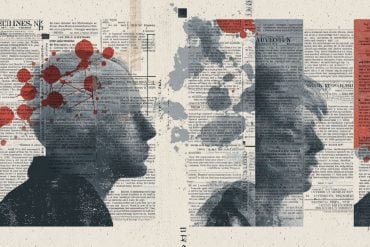Summary: Traumatic brain injuries, including concussions, affect nearly 69 million people worldwide each year, yet treatments remain scarce. A new review highlights the potential of psychedelics such as psilocybin and 5-MeO-DMT to reduce harmful inflammation and enhance neuroplasticity after brain injury.
These compounds may help the brain rebuild connections and lower the risk of psychiatric conditions like depression and PTSD. While more research is needed, psychedelics could open the door to innovative therapies for patients with brain trauma.
Key Facts:
- Global Impact: 69 million people experience traumatic brain injuries each year.
- Psychedelic Potential: Psilocybin and 5-MeO-DMT may reduce inflammation and boost neuroplasticity.
- Psychiatric Benefits: These compounds could also help prevent depression, anxiety, and PTSD after injury.
Source: University of Victoria
Concussion and other traumatic brain injuries impact an estimated 69 million people every year, as a result of sport collisions, falls, road accidents and interpersonal violence. There are few treatments, and no approved and effective pharmacotherapies.
New research from the Christie Lab at the University of Victoria (UVic) reveals the promise of two psychedelic compounds—psilocybin and 5-methoxy-N,N-dimethyltryptamine (5-MeO-DMT)—for healing these injuries, by enhancing neuroplasticity and reducing inflammation within the brain.
Psilocybin is a naturally occurring compound found in certain mushrooms. 5-MeO-DMT is found in toad venom and select plant species. Over the past decade, clinical research has shown the safety and effectiveness of psilocybin, and the promise of 5-MeO-DMT, for treating depression, anxiety, end-of-life distress, substance-use disorders, and obsessive-compulsive disorder.
The team at UVic (Zoe Plummer, Josh Allen, Justin Brand and Brian Christie) reviewed the growing evidence that these compounds also offer potential for treating brain injuries.
Their review, published in Progress in Neuro-Psychopharmacology and Biological Psychiatry, in collaboration with Leah Mayo from the University of Calgary, and Sandy Shultz from Vancouver Island University, drew from preclinical and clinical studies.
“When someone receives a blow to the head, this sets off a cascade of events in the brain,” says Allen, one of the authors of the review and a UVic postdoctoral fellow in neuroscience.
“One of these is inflammation, which can initially help brain tissue to repair.”
However, when this inflammation is prolonged, it can lead to long term problems such as learning and memory deficits, depression and anxiety disorders, and post-traumatic stress disorder.
“These conditions share features such as impaired neuroplasticity that keep patients trapped in rigid loops of thought and behavior,” says Allen.
This can occur even with mild traumatic brain injuries—what we call concussion. And many people who play sports or serve in the military experience concussions repeatedly.
“Our review concluded that classical psychedelics have the potential to reduce inflammation in an injured brain, while also increasing neuroplasticity and helping the brain to reorganize, creating new neural pathways to compensate for lost or damaged connections,” says Christie, director of the UVic’s Concussion Lab.
“By reopening windows of plasticity and inducing mind-expanding experiences, psychedelics also help prevent the development of depression, anxiety, and other psychiatric disorders associated with brain injury, and offer pathways to recovery.”
More research is needed to understand how psychedelics work on traumatic brain injury, and how age, sex, and other health conditions impact their safety and effectiveness. With further research, these compounds offer great promise to both patients and over-stretched health-care systems.
Funding: This research was supported by funding from the Canadian Institutes of Health Research (CIHR) and aligns with the United Nations Sustainable Development Goal (SDG) No. 3 (good health and well-being).
About this neuropharmacology and concussion research news
Author: Heather Walmsley
Source: University of Victoria
Contact: Heather Walmsley – University of Victoria
Image: The image is credited to Neuroscience News
Original Research: Open access.
“Examining the potential of psilocybin and 5-MeO-DMT as therapeutics for traumatic brain injury” by Brian Christie et al. Progress in Neuro-Psychopharmacology and Biological Psychiatry
Abstract
Examining the potential of psilocybin and 5-MeO-DMT as therapeutics for traumatic brain injury
Traumatic brain injury (TBI) is a significant global health challenge, with limited effective treatments for its acute and chronic consequences.
TBI is characterized by neuroinflammation, oxidative stress, impaired neuroplasticity, imbalances in neurotransmission, and cell death – factors that contribute to the development of neurological and psychiatric disorders.
Emerging evidence suggests that serotonergic psychedelics psilocybin and 5-methoxy-N,N-dimethyltryptamine (5-MeO-DMT) may hold promise as treatments for TBI.
These compounds promote neuroplasticity, exert anti-inflammatory and neuroprotective effects, and have shown efficacy in treating psychiatric conditions that share pathophysiological features with TBI.
5-HT1A and 5-HT2A receptors are implicated in their effects, but psilocybin also targets neurotrophic TrkB receptors, whereas 5-MeO-DMT targets sigma-1 receptors, known to have neuroprotective properties.
This review integrates current preclinical and clinical research, highlighting both the shared and distinct mechanistic pathways through which psilocybin and 5-MeO-DMT may alleviate TBI-related impairments, such as cognitive and affective dysfunction and neuroinflammation.
Additionally, the safety profiles, dosing paradigms, and clinical challenges of these psychedelics are critically examined.
By bridging insights from psychedelic science and neurotrauma research, this review underscores the innovative potential of psilocybin and 5-MeO-DMT as adjunctive treatments for TBI, paving the way for novel interventions in neurorehabilitation.


